First Quarter: Toward the pastoral, with difficulty
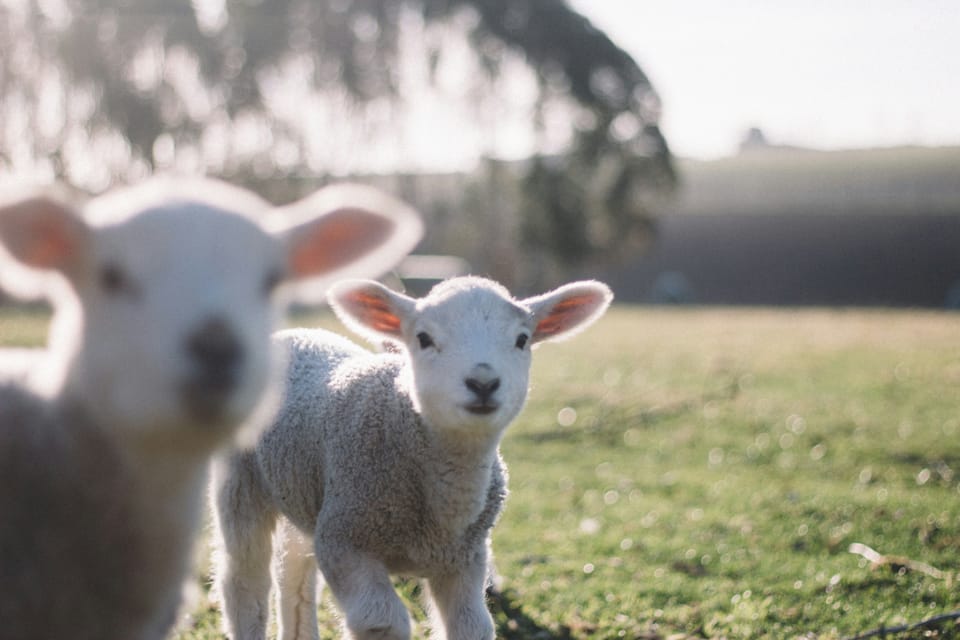
Hello. It's Friday, and around this latitude, a traditional marker of early spring is generally drawing to a close: lambing.
That would be an old but still reasonably common way of referring to sheep giving birth. Of the seasonally breeding animals who are prompted to rut when the days grow shorter in fall, ewes gestate their young for a shorter time period than, say, deer; in the northern hemisphere lambs arrive somewhere between late February through March, though potentially into April. Those who live will then mature rapidly, weaning after a couple of months, even though they won't be considered full-grown for a while longer; thus early to mid spring is a precious window for seeing lambs at their most adorable — and most vulnerable. I said those who live because something like one tenth to one third of lambs don't survive to weaning in general, and lamb mortality especially occurs through stillbirth or through problems that arise within their first few days. Lambing season means encountering a good amount of death even among so much joy.
I love sheep, and although I would consider learning to raise other ungulates for various purposes, shepherding seems quite interesting because of how I could then hypothetically produce wool textiles from wool I sheared myself, and I could know and foster relationships with the animals this wool came from. But the complex emotional landscape of lambing is one example of the reasons why I've balked at dashing headfirst into a pastoral lifestyle — and more broadly, why pursuing old, traditional ways is often quite hard. Interfering elements from modern industrial capitalism play some role in this, but they aren't wholly to blame. I know it's important to dismantle foolishly romanticized notions around homesteading and related practices, and to avoid slipping into those notions when I make arguments such as how "progress does not exist."
So with shepherding and pastoral imagery as a focal point, let me complicate the idea of bringing the past forward — and acknowledge that even when traditional knowledge and customs are preserved for appropriate reasons, avoiding reactionary ideology, there does remain the basic fact that living off the land, living with the land, is not luxurious, and it would be a grave mistake to treat the whole thing as an aesthetic exercise.
Falling in and out of love with shepherding
Somewhere between four and seven years ago, essentially when my household was in our last renting situation, we were starting to think more seriously about how to buy a house despite our limited means, both because that townhouse rental was meant to be a halfway step and because we'd come to find our latest landlord intolerable. We knew that our first house would likely not be homestead-worthy, and this has proven correct; but at some point during those speculative years I started catching up on some books I'd been gifted, and one was The Shepherd's Life[1], a non-fiction work from 2015 by English shepherd James Rebanks.
It isn't the most staggering read I've ever encountered, but it's one of only a few that have ever made me weep as I turned the pages. Sometimes the tears were sad, recognizing the devastation of neoliberal modernity that threatens the scant few pockets of enduring European land-connectedness in places such as Rebanks' region of Cumbria. Other times the tears were cathartic, healing, recognizing that although this man might be regarded as "backward" for preferring to go back to his family sheep farm instead of staying in academia after his Oxford degree, he was extraordinarily intelligent and fully entitled to live how he saw fit on the mountainsides that his ancestors had dwelt on for easily a thousand years or more. As many people might, I felt a severe longing to walk away from the kind of life I was raised to believe I "should" have, and to work toward either an outright pastoral existence of my own or at least a community operating in such a mode, where I might find my own place.
But for all those powerful emotions that swept through me, my ultimate response was caution, and for this I will not merely credit my habitual limitations around taking up a life of heavy manual labor (those limitations being my primary inclination toward sedentary art-making, plus the sensorimotor and inflammatory aspects of my autism). Rather, I will credit the author himself, because Rebanks did not write The Shepherd's Life to convince everyone we should all be shepherds. Much of the book centers around dispelling romanticism and discouraging privileged dabblers. Yes, he asks that traditional shepherding communities be respected and that more modernized individuals consider why life as a shepherd might still feel better than life as, say, a stock broker; but he also warns of various reasons why shepherding feels far from glamorous and can sometimes become quite the opposite.
Taking the reader through a shepherd's seasonal calendar, Rebanks obviously highlights the lamb mortality rate by the time he reaches spring, but he starts the narrative in summer, where he must contend not just with herding the sheep in general but also with the back-breaking work of shearing those sheep, with the poor price that wool fetches in modern times, and with the equally tiring process of making hay to feed the sheep in winter — the hay which must be gathered and prepared under just the right weather conditions, because if it's unable to dry out, this will not only promote mold growth but also risk bacterial fermentation that will heat the hay to a point it spontaneously combusts. Then, come autumn, there's the logistical work that goes into breeding the sheep and also buying or selling new sheep at fairs, especially the best tups (rams) for breeding purposes. Come winter, there's all the extra herding work required to stop sheep from dying in snow, and some typically die anyway.
All of these routine tasks happen on top of broader economic stressors, and they are sometimes broken up by disasters like the British foot-and-mouth outbreak of 2001, which resulted in six million sheep and cattle being killed as a preventive measure, and which to read Rebanks' telling of it sounds so horrific to take part in that I can barely think about it now.
By the time I finished reading The Shepherd's Life, I felt as if I had both fallen in and out of love with the idea of shepherding — simultaneously, and in equal measure. If that sounds paradoxical, maybe another way to put it would be that I was more convinced I wanted to live off and with the land in some way, but I was also more convinced I couldn't rush into it. I likewise felt as if anything I might do on this land, given that I am a settler, would have different risks and rewards than if I began a homesteading project of some kind in Cymru; and indeed, even in Cymru I would still be arriving as an outsider. A diasporic grandchild.
Livestock ethics & land stewardship
This brings me from the practical obstacles for "enjoying" a pastoral existence — to the matter of whether it is really right to keep animals as livestock in such a fashion. I have already established here that I believe it's no less ethical to eat animals or use their bodies for various things than it is to eat or use plants and fungi, who are also animate beings and deserve equal reverence in the web of life; but what about the context in which these animals, plants, or fungi spend their lives? Sometimes I'm sympathetic to the argument that at least what we should be doing with animals is giving them free, "wild" lives and only hunting them, so that they die no differently than if other predators killed them. Similarly, I understand why some people would claim that agriculture and herding livestock shape ecosystems in a negative way, that the land needs to grow itself and humans should simply receive what the land provides them.
But while I think there's quite a complex debate to have around exactly what percentage of livestock should be routinely eaten, and while I know disciplines like permaculture exist to nurture crops and livestock in a genuinely sustainable manner, ultimately I have never become anti-agrarian, anti-pastoral, and so on. For one thing, there isn't actually a firm line between such lifestyles and hunter-gatherer lifestyles; as Graeber & Wengrow's The Dawn of Everything expertly covers, humans throughout most of history have fluidly shifted between those modes depending on what makes sense to them in that time and place. For another thing, it's a common colonial mistake to assume that indigenous lifeways with a solid, vital relationship between human and landscape involve leaving that landscape as "untouched wilderness"; true indigeneity has always involved knowing when to leave the land to its own business and knowing when, where, how, and why to intervene. Custodianship. Stewardship.
And in such a vein, as I've learned through listening to several scholars and following the progress of several friends' regenerative homesteading projects, including my fellow newsletter-writer Siin's Rancho de la Libertad[2], the right livestock for the right environment can sometimes make a world of difference in repairing ecological damage. When I see what other people are doing on that front, I find myself reflecting that the work of living off and with the land is not about "going back" for its own nostalgic sake, and it is not about "simplicity" when it requires acknowledging great complexity, and it is not about "self-sufficiency" when a community is required. In a shepherd's case that community needs to be fellow herders to trade sheep and supplies with and to join for various tasks, but there also needs to be a broader community of people who can handle non-pastoral activities as well.
No, indeed, the work at hand is not meant to be the reactionary cottagecore tradlife. The work at hand presents itself to us because the alternatives have not saved us yet and are what is going to end us. As usual, this does not mean eschewing the tokens of modernity that provide a meaningful benefit, because such tokens do exist. But those tokens should enable us to live off and with the land in a better way — more sustainable, more satisfying, more abundant — rather than separating us from that land.
Setting my expectations in an unstable year
Whether it be James Rebanks, my friends on their own permaculture journeys, or anyone else I've encountered who lives such an allegedly idyllic existence without relying on generational wealth in the process, there seem to be no starry-eyed illusions when you are really doing the thing that so many other people thoughtlessly idealize. I hear over and over again that the work is full of challenges beyond one's wildest imagination. What appears to keep someone committed to their life choice is that these specific challenges create specific rewards that are not obtainable any other way.
That's a familiar feeling to me, even if not yet for the same reasons. Making a real living as a writer is well nigh impossible for all but (at best) 1% of those who try, but I have put up with a thousand sources of stress and indignity rather than make a career move that would eliminate all the time and energy I had to spend on writing, because of what writing itself gives me. Meanwhile, engaging in the kind of ritual power exchange dynamic that I live in creates enormous psychological (and physical) risks for if something were to go wrong, but the day to day emotional outcome is also worth it.
And I am called to those things, just as the land also calls me to do something with it. Something. As our garden begins to take shape this season, I would like to think more about what feels plausible for future homesteading, not at this house but wherever we might live next. In the spirit of the spring lambs: what livestock would I really like to become responsible for at some point? Sheep remain an option, but the conventional wisdom is also that chickens are a better — and much different — starting point, and either way there are other ungulates who could be good to raise depending on what fits with the land and where my (our) tolerances lie. Goats could be wiser than sheep. My owner has often expressed an interest in alpacas or deer. I love that idea as well, and I'm also partial to llamas. And we both adore horses.
It's unnecessary to make a decision until we know where we would be for this project, but narrowing down preferences would also help to guide where it made sense to eventually go. We do actually live somewhere that could support chickens already, too.
A bigger concern is that this calendar year, this Gregorian year of 2025, does not inspire much confidence for making any such plans at all. For one reason or another, the momentous geopolitical and national upheaval could easily force this household into a much more nomadic situation. Depending on how and why that occurred, we would not only lose any near-term homesteading prospects but maybe also lose long-term ones. So much for growing comfortably entrenched and in better relation with a singular landscape.
But then again, I must remind myself that even if we became nomads, that is also a very old way for humans to live. Not just as hunter-gatherers — as farmers and herders, too. For longer than recorded history, there have been the peoples who move seasonally between several different places, subsisting by entirely different means. There have also been the peoples who remain fully itinerant, bringing their herds with them. The shepherd can belong to one mountain, but may also belong to many.
No matter what lies ahead, I will think about my capacity and my calling. And to any shepherds this season: may your new lambs be both sweet and strong.
[1] Subtitled A Tale of the Lake District in the original UK edition, but subtitled Modern Dispatches from an Ancient Landscape in my US edition; I suppose the latter's publisher assumed people here don't know what the Lake District is.
[2] You can also separately read about her ritual tattooing practice at Sigillo Sacro.
Thank you for reading. I no longer have covid, at least in the sense that I no longer test positive for it and I'm only dealing with a few lingering symptoms (most of which are merely nuisances), so I should be able to continue normally here as hoped. Next week, there will be a post concerning the perceived vs. real importance of historical "accuracy" or "authenticity" among self-described pagans, animists, polytheists, et al.; since I could easily be accused of historical and archaeological pedantry my position on this issue may well surprise readers who would otherwise assume that my ritual practices have anything to do with hardline reconstructionism, or that the point of debunking misconceptions is to cynically naysay what other people's neopaganism looks like.
And if such subject matter isn't exciting enough, then I am thrilled beyond measure to announce that the following week I will be publishing my first interview post, discussing apocalypse anxiety with none other but the preeminent left-wing survivalist Margaret Killjoy. Do please keep a watch out for that one.
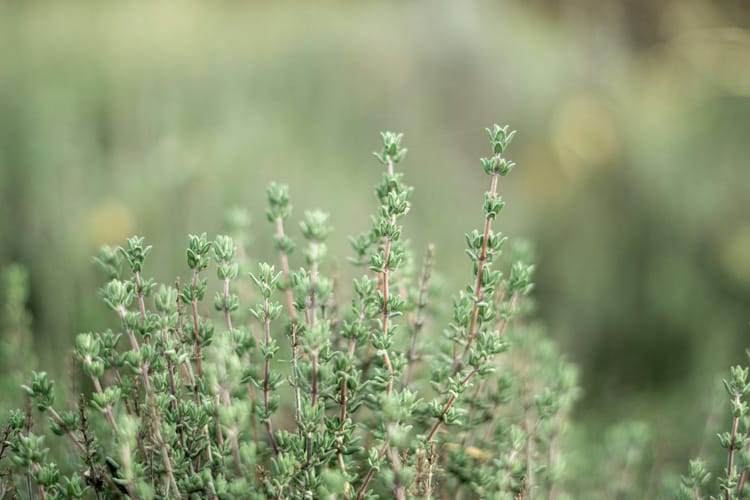
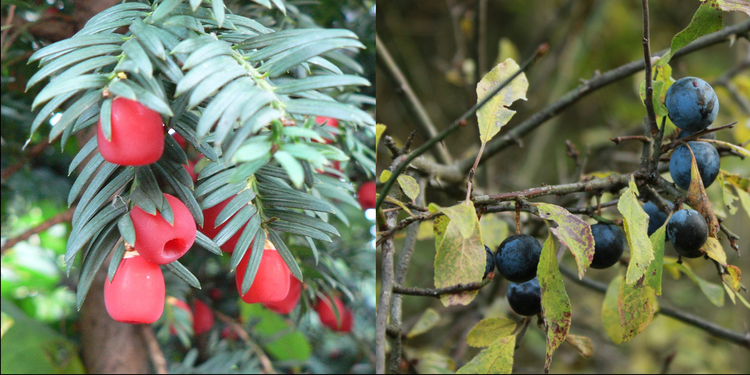

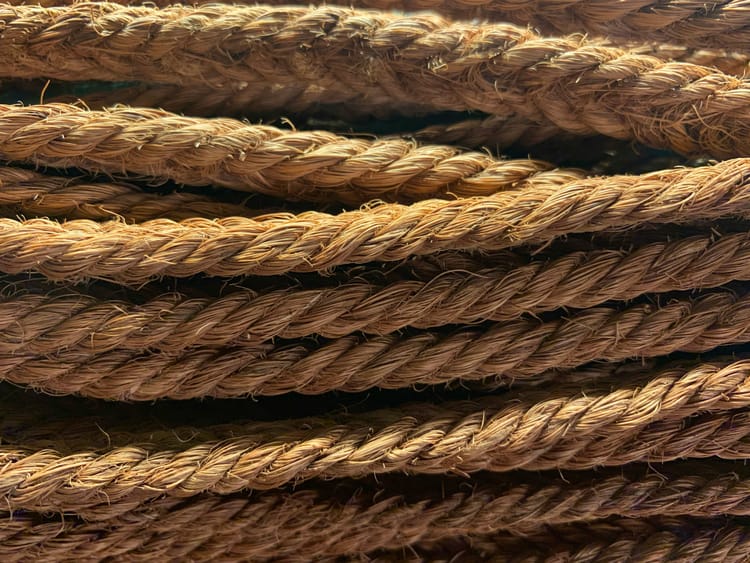
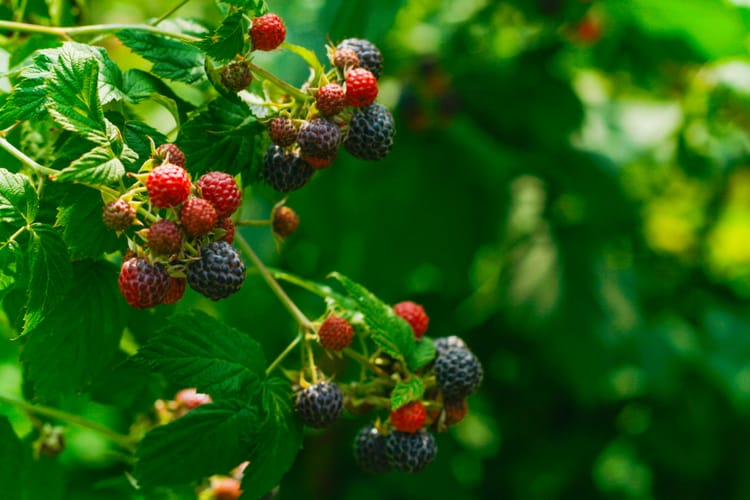
Member discussion